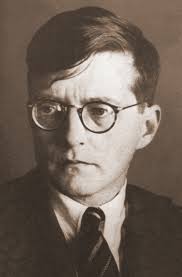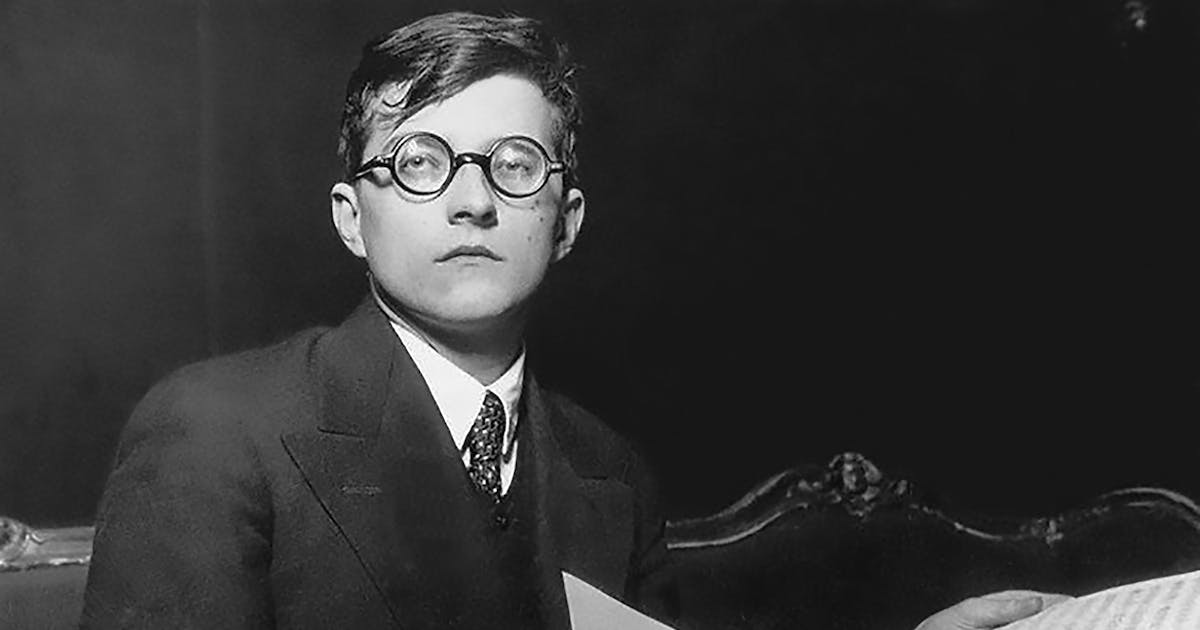The History of Sonata for Viola and Piano, Op. 147 – Dmitri Shostakovich’s Final Masterpiece
Introduction
Dmitri Shostakovich, one of the most influential composers of the 20th century, left behind a remarkable legacy of music that captured the complexities of Soviet life and the depth of human emotion. His Sonata for Viola and Piano, Op. 147, composed in 1975, holds a unique and poignant place in his oeuvre—it was his final composition. Crafted during the final months of his life, this sonata stands as a deeply introspective and spiritual farewell from a man who had endured immense personal and political turmoil.
The Context of Composition
Shostakovich began writing the Viola Sonata in May 1975, while in declining health. Years of illness, including progressive motor neuron disease, had taken their toll. Despite this, he continued composing with determination and clarity. By July of the same year, just weeks before his death, he completed what would be his last work.
He dedicated the sonata to Fyodor Druzhinin, the violist of the Beethoven Quartet, who had long championed Shostakovich’s chamber music. Druzhinin would go on to give the world premiere of the piece on October 1, 1975, in Leningrad, just a few months after the composer’s death on August 9, 1975.
Structure and Musical Language
The Sonata for Viola and Piano, Op. 147 consists of three movements:
- Moderato
- Allegretto
- Adagio
The first movement opens with a restrained, contemplative tone. Shostakovich’s late style is apparent here—sparse textures, fragmented motifs, and a sense of inner searching. The viola sings with melancholy grace, while the piano offers a stark and sometimes haunting accompaniment.
The second movement, though marked Allegretto, is filled with biting irony, a characteristic Shostakovich technique. It offers a dark wit reminiscent of his earlier scherzos but filtered through the wisdom and pain of age. The interplay between viola and piano becomes more animated and intense, yet never loses its underlying tension.
The final movement is the emotional core of the work. Marked Adagio, it functions as an elegy not only for the composer himself but perhaps for an entire era. Here, Shostakovich quotes Beethoven’s Moonlight Sonata, a gesture of reverence and farewell. The music becomes almost transcendental, slowly fading into silence—a deeply moving conclusion to the composer’s life’s work.
Symbolism and Legacy
Much has been written about the autobiographical nature of Shostakovich’s late compositions, and the Viola Sonata is no exception. The quotation from Beethoven, the solemn tone, and the deliberate pacing all suggest a composer reflecting on mortality and legacy. It is as though Shostakovich, through music, is writing his own epitaph.
The choice of viola as the solo instrument is also telling. The viola’s dark, mellow timbre suits the reflective character of the sonata. It had rarely taken center stage in solo works by major composers, but in Shostakovich’s hands, it becomes a vehicle for profound expression.
Reception and Influence
Though initially overshadowed by the circumstances of Shostakovich’s death, the Viola Sonata has since earned a respected place in the chamber music repertoire. Violists especially hold it in high esteem as one of the most important 20th-century works for the instrument.
Its understated yet deeply emotional character has also drawn increasing scholarly attention. Many see it as a culmination of Shostakovich’s lifelong struggle between personal expression and public expectation, between suffering and resilience.
Conclusion
The Sonata for Viola and Piano, Op. 147 is far more than a final composition—it is a deeply personal farewell from one of the 20th century’s most significant musical voices. In its quiet strength, tragic beauty, and haunting simplicity, the sonata stands as a timeless meditation on life, death, and the enduring power of music.
Whether you are a musician, a music lover, or a student of history, this sonata offers a profound listening experience and a poignant glimpse into the soul of Dmitri Shostakovich at the very end of his journey.


Comments are closed